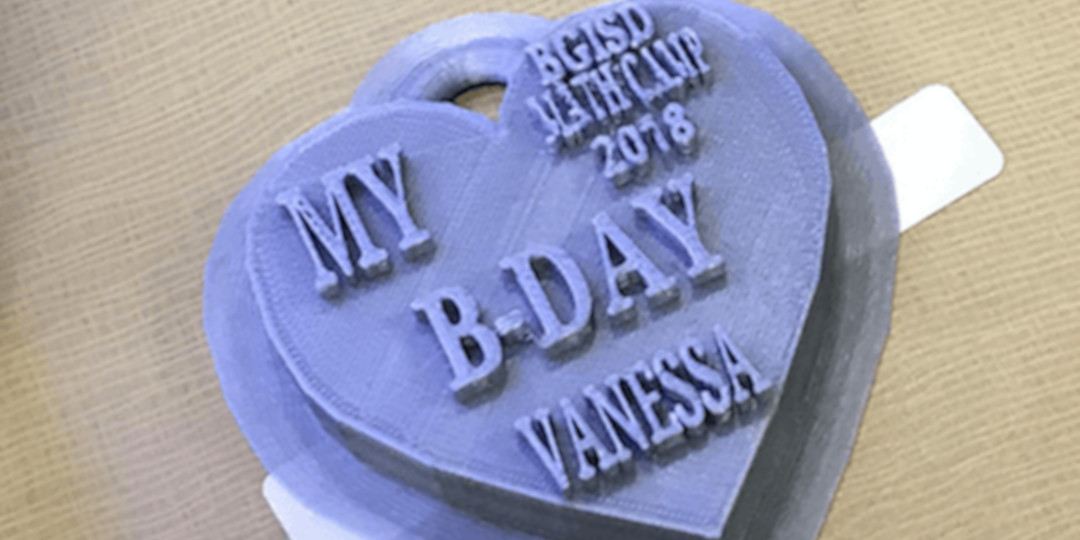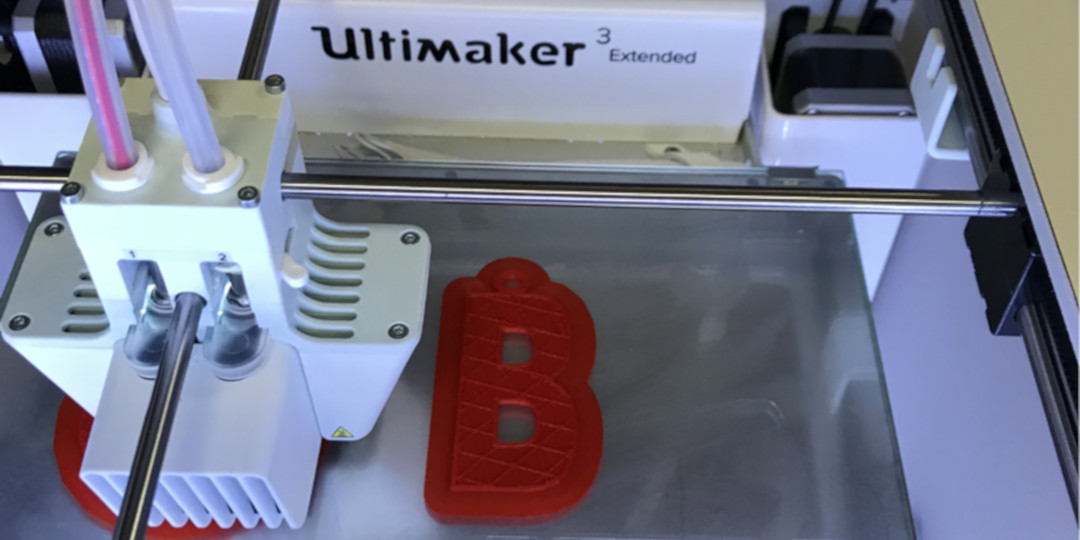Pioneer Dr Toni Szymanski writes about summer camp fun with 4th and 5th graders, math, and 3D printing.
Sometimes, in order to get kids interested in what is happening inside the classroom, you have to look outside the classroom. That was the goal of Math Camp. Working with a local school district, we identified 4th and 5th grade students who showed potential for advanced mathematics and invited them to join the camp. We planned to have four centers focused on 3D printing, Lego robotics, hands-on problem solving, and individualized instruction. The camp ran from 7:30am-1pm with the district providing the space, transportation, and food for breakfast and lunch.
Asking most kids to do math during the summer might be met with groans, but Math Camp was different. Firstly, we were casual with our titles and in what we wore. I was the most formal with “Dr Toni”. We also played math-related games (Uno, War, and Mancala) in the morning and had a half hour recess. There wasn’t a textbook or worksheet in sight; the focus was on “fun math”.
The students were amazed by the opportunity to use the 3D printer. I recruited the most active and engaging teacher from my previous study to teach at the camp and she planned some fun lessons to get the kids using the software in a non-threatening way. She started them off using TinkerCad, which had tutorials that allowed the students to start using the computer right away. After completing the tutorial, the challenge was to create a medal for camp. Each student designed his or her medal to reflect their unique ideas and personalities. They quickly learned why grouping objects is important and that failed prints are a part of learning.
The best part of experiencing a failed print, or struggling to design something (first on graph paper with X,Y coordinates, then with block manipulatives to see it in 3D) was the learning that was taking place during the “productive struggle”.
Productive struggle happens when students are able to learn by persisting and trying different techniques to solve a problem. This is so much better than focusing on getting a “right answer”. As I used to tell my calculus students: “When you are working in an industry, there’s no textbook you can look to the back to check your answers.” Real-life problems are messy. They are ill defined and their answers are rarely, if ever, clear cut. Oftentimes you won’t know if you are right or wrong until you make a decision and try it out.
The beauty of 3D printing is that the cost of failure is low. Students are allowed to revise an idea, to improve a product, and to correct a mistake. This approach is so much more fulfilling and realistic to students than getting back a worksheet with a bunch of red marks telling them where they got something wrong, or even a computer program that gives them a score of how many right answers they submitted.
Once the students mastered the basics, the teacher got them even more excited by merging 3D printing and Minecraft! She created a world for them and they first created their creatures using graph paper, then with manipulative blocks, and finally with 3D design. They could then upload the character to the world and play, while a miniature version of their character was being printed. In an effort to make more math connections, the teacher taught them about faces, edges, vertices, and planes and asked them to use these descriptors in both their drawings and block creations.
When the miniatures were finished printing, students were encouraged to create other items for the world, such as hot tubs and playgrounds. They were also asked to calculate the volume of space that their characters took up. They used the manipulative blocks that were made in the prototype creation to develop an understanding of a cubic unit of measure, which they applied to their designs.
The students left the 3D center after two weeks with a solid understanding of geometric shapes and the differences between surface area, volume, and perimeter, as well as a strong understanding of planes, faces, vertices, and X,Y coordinates. In addition to experiencing the technology of creating a model and printing it out in 3D, they were able to see the printer in action as it was running almost constantly from the second day of camp.
The kids were sad when camp ended and wanted it to continue throughout the school year. Thanks to a generous grant from the Lucille B. DuPont Foundation, we are able to provide an afterschool enrichment program. While many options are being considered, 3D printing will definitely be a big part of the planning.
The local news came out and interviewed the kids, and the district created a video that highlighted our activities.
We are proud of all the hard work of the teachers, administrators, and students who participated in the camp. To think that it all started with the idea of bringing 3D printing into the classroom and working with Ultimaker to figure out how to best do this – and watching it grow into a bigger idea that spread beyond the original districts – is very exciting.



























